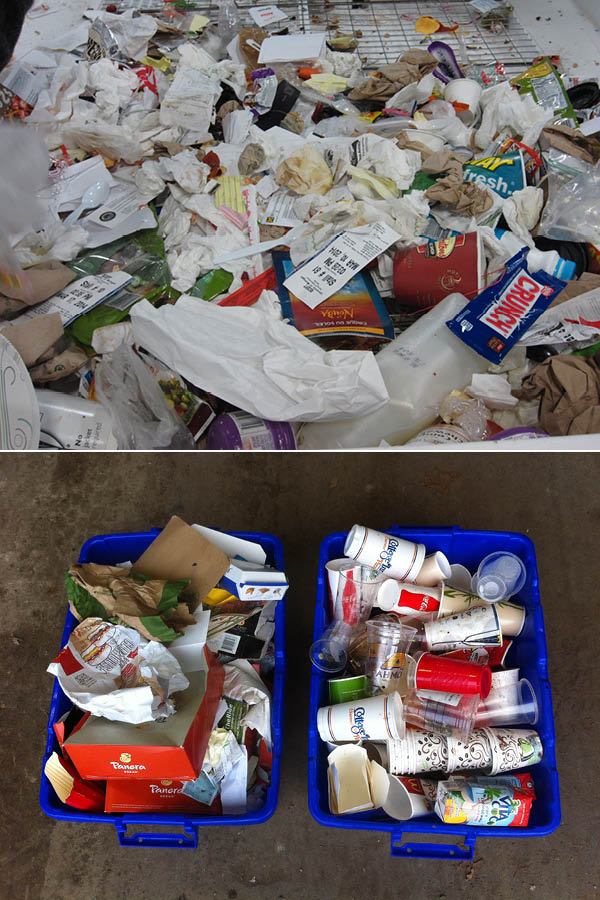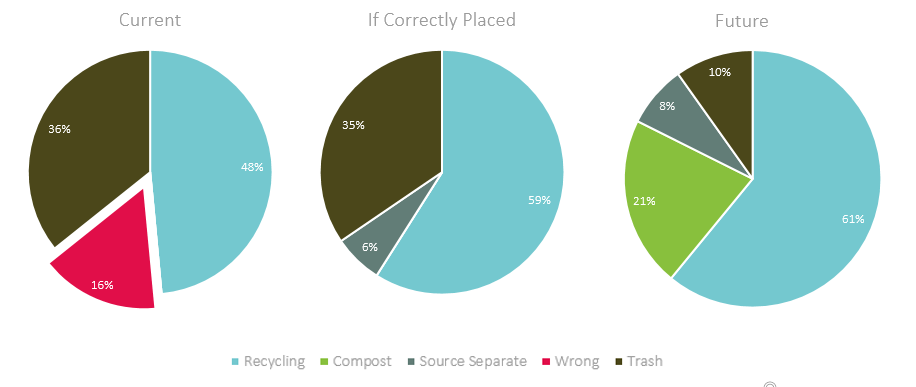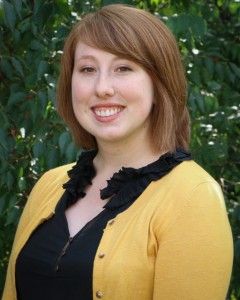6 Tips for a Successful Campus Waste Characterization
These days most universities have a clear roadmap for moving towards a zero waste or carbon neutral campus. But before hitting the highway,  it’s critical to have a firm grasp on where you’re starting. A waste characterization allows you to evaluate your waste stream and build a complete waste recovery strategy. To boost your success, be sure to incorporate these proven tips:
it’s critical to have a firm grasp on where you’re starting. A waste characterization allows you to evaluate your waste stream and build a complete waste recovery strategy. To boost your success, be sure to incorporate these proven tips:
- Rally the troops. The best way to not only complete a waste audit and educate your campus population at the same time is to get them involved. Include some students on the waste audit alongside the experts to develop some “green” campus champions to help spread the word once it’s complete.
- Represent! Choose representative samples across campus – dorms, dining halls, offices, classrooms, etc. Selecting from a variety of categories of generator demographics will assist in gathering waste data from a diverse and representative mix of both facility and user activities.
- Take some time. In order to get a more accurate reading in your samples, span your audit over several days if possible.
- Get dirty! Although it may seem gross, really take note of the large portions of food waste in your stream. On most campuses, almost 1/3 of waste is food waste which means by composting those materials you could greatly increase your recovery.
- Unleash your inner Type A. Think about all of the possibilities when sorting your waste into categories. Should napkins go in with the food waste or garbage? These crucial questions for materials that make up a large portion of the waste stream can vary the weight of your categories greatly.
- Be safe. Remember to take proper measures to keep everyone safe while sorting materials. Require goggles, gloves and protective shoes, and hold regular safety briefings….that way you can get as down and dirty as you need to find the most success out of your waste sort!
Could some of your waste be going to the wrong stream?

RRS study at a large Midwestern university showing the university’s potential for waste diversion. In the current program, materials “wrongly” sorted had the potential of increasing their diversion by 65% by beginning to correctly sort materials into composting and recycling.
 Kelly Domino
RRS Consultant
kdomino@recycle.com
Kelly Domino
RRS Consultant
kdomino@recycle.com
